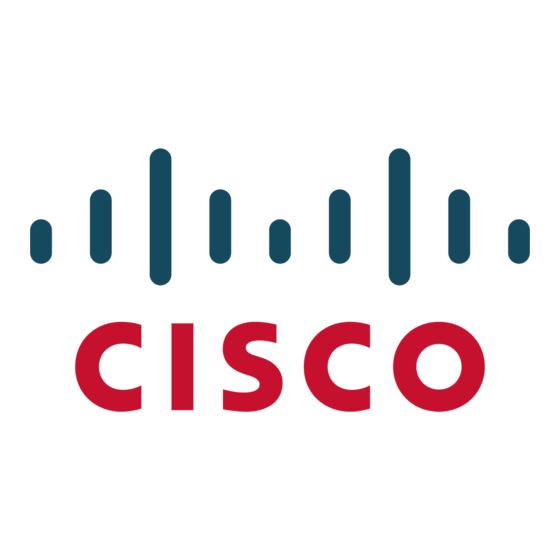Chapter 1
Product Overview
For information on how to use the standard telephony features and URL dialing, refer to the documents
Note
listed in the
Supported Protocols
The Cisco SIP IP phone supports the following standard protocols:
•
•
•
•
•
•
•
•
OL-2206-01
NAT and outbound proxy modes can be independently enabled or disabled. The received= tag is
added to the Via header of all responses if there is no received= tag in the uppermost Via header and
the source IP address is different from the IP address in the uppermost Via header. Responses are
sent back to the source under the following conditions:
If a received= tag is in the uppermost Via header, the response is sent back to the IP address
–
contained in the received= tag.
If there is no received= tag and the IP address in the uppermost Via header is different than the
–
source IP address, the response is sent back to the source IP. Otherwise the response is sent back
to the IP address in the uppermost Via header.
"Related Documentation" section on page
Domain Name System (DNS)—Used in the Internet for translating names of network nodes into
addresses. SIP uses DNS to resolve the host names of endpoints to IP addresses.
Dynamic Host Control Protocol (DHCP)—Used to dynamically allocate and assign IP addresses.
DHCP allows you to move network devices from one subnet to another without administrative
attention. If using DHCP, you can connect Cisco SIP IP phones to the network and become
operational without having to manually assign an IP address and additional network parameters.
The Cisco SIP IP phone complies with the DHCP specifications documented in RFC 2131. By
default, Cisco SIP IP phones are DHCP-enabled.
Internet Control Message Protocol (ICMP)—A network layer Internet protocol that enables hosts to
send error or control messages to other hosts. ICMP also provides other information relevant to IP
packet processing.
The Cisco SIP supports ICMP as it is documented in RFC 792.
Internet Protocol (IP)—A network layer protocol that sends datagram packets between nodes on the
Internet. IP also provides features for addressing, type-of-service (ToS) specification, fragmentation
and reassembly, and security.
The Cisco SIP IP phone supports IP as it is defined in RFC 791.
Real-Time Transport Protocol (RTP)—Transports real-time data (such as voice data) over data
networks. RTP also has the ability to obtain quality of service (QoS) information.
The Cisco SIP IP phone supports RTP as a media channel.
Session Description Protocol (SDP)—An ASCII-based protocol that describes multimedia sessions
and their related scheduling information.
The Cisco SIP IP phone uses SDP for session description.
Simple Network Time Protocol (SNTP)—Sychronizes computer clocks on an IP network. The
Cisco SIP IP phones use SNTP for their date and time support.
Transmission Control Protocol (TCP)—Provides a reliable byte-stream transfer service between two
endpoints on an internet. The Cisco SIP IP phone supports TCP for Telnet sessions only.
What Is the Cisco SIP IP Phone?
-viii.
Cisco SIP IP Phone Administrator Guide Version 3.0
1-9

